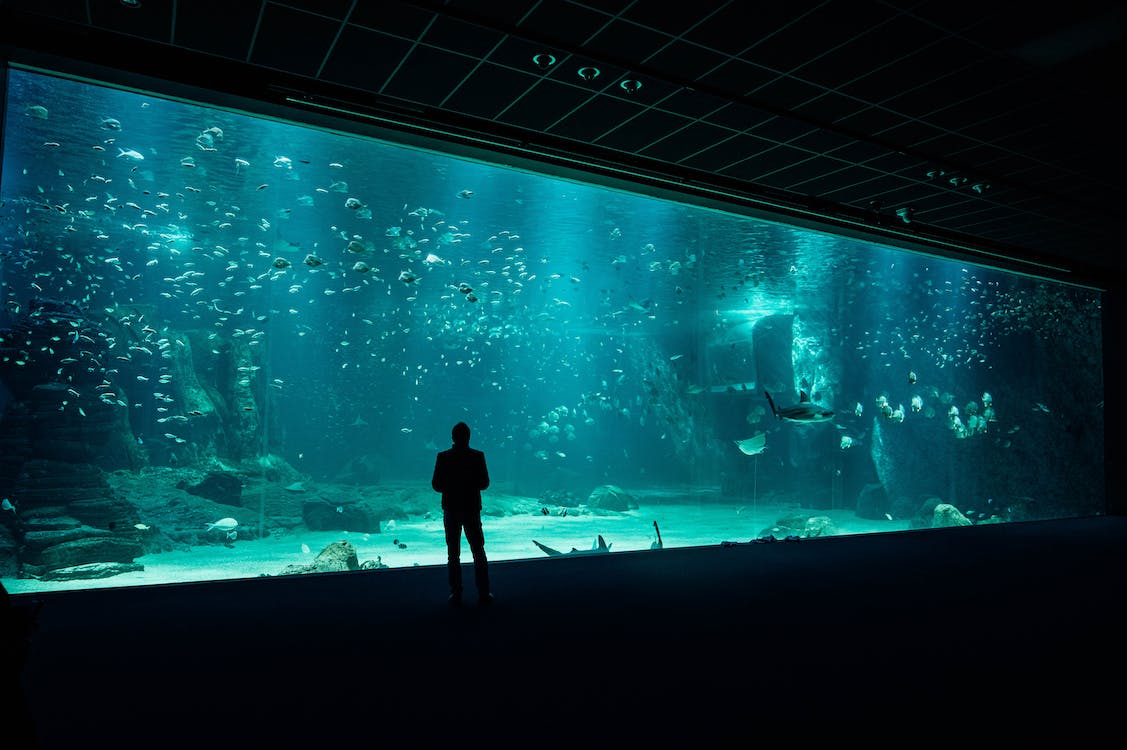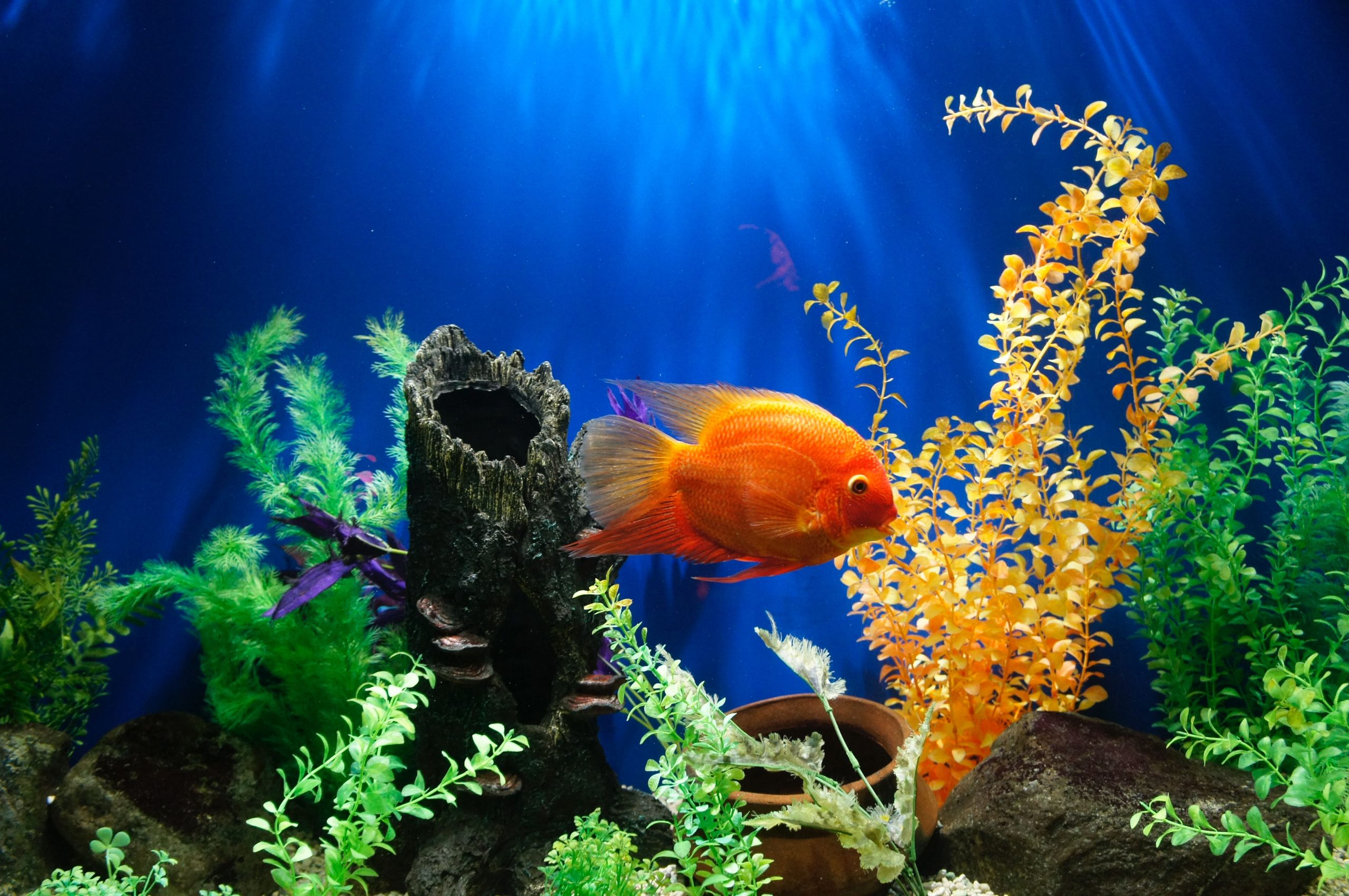
Are you considering adding a new member to your household? Look no further than the world of fish pets! Not only are fish captivating creatures that can bring beauty and tranquillity to any space, but they also require minimal maintenance compared to traditional pets. However, with so many different species and varieties available, choosing the perfect fish pet for your home can be a daunting task. That’s why we’ve crafted the ultimate guide to help you navigate through the vast ocean of options and make an informed decision.
From understanding the different types of fish to considering tank size, water conditions, and compatibility with other fish, our guide covers it all. Whether you’re a beginner or an experienced fish enthusiast, this comprehensive resource will provide you with all the information you need to create a thriving aquatic habitat and find the perfect fish companion to bring joy and serenity to your home. Dive in and embark on an exciting journey into the world of fish pets!
Considerations Before Getting a Fish Pet
Before you dive into the world of fish pets, there are a few important considerations to keep in mind. Firstly, you need to assess your time commitment and available resources. While fish pets require less attention compared to traditional pets, they still need regular feeding, tank maintenance, and monitoring of their health. Additionally, you need to consider the space you have available for a fish tank. Fish come in different sizes and some species require larger tanks to thrive. Lastly, it’s important to think about your budget. Fish tanks, equipment, and fish food can add up, so it’s essential to set a realistic budget that includes all the necessary expenses.
Next, it is crucial to research the specific needs of the fish species you’re interested in. Different fish have different temperature, pH, and water quality requirements. Some fish are more sensitive to changes in water conditions, while others are hardier and can adapt to a wider range of environments. Understanding these requirements will help you determine if your home is suitable for a particular fish species and if you have the resources to maintain the necessary water conditions.
Lastly, it is essential to consider the compatibility of different fish species. Some fish are solitary and prefer to live alone, while others are schooling fish and thrive in groups. Certain species may also be more aggressive and territorial, making them incompatible with other fish. By researching the behaviour and compatibility of different fish species, you can ensure a harmonious and stress-free environment for your fish pets.
Types of Fish Pets for Beginners
For beginners in the world of fish pets, there are several species that are known for their ease of care and hardiness. One popular choice is the Betta fish, also known as Siamese fighting fish. These vibrant and colourful fish are relatively easy to care for and can be kept in smaller tanks. Another beginner-friendly option is the goldfish. Goldfish come in different varieties, and they are known for their resilience and adaptability. However, it’s important to note that goldfish require larger tanks and produce more waste, so proper filtration is essential.
Guppies are also a great choice for beginners. These small, colourful fish are known for their active nature and are relatively easy to care for. They can be kept in smaller tanks and are compatible with a variety of other fish species. Another option is the platies, which are similar to guppies in terms of care requirements and compatibility. These fish come in a wide range of colours and are a great addition to any beginner’s fish tank.
Popular Freshwater Fish Pets
Freshwater fish are a popular choice among fish enthusiasts due to their wide variety and vibrant colours. One popular freshwater fish is the neon tetra. These small, peaceful fish are known for their bright blue and red colours, making them a striking addition to any aquarium. Another popular choice is the angelfish. These elegant fish have long, flowing fins and come in a variety of colours. They are relatively easy to care for, but they do require a larger tank due to their size.
Another popular freshwater fish is the corydoras catfish. These small, bottom-dwelling fish are known for their peaceful nature and their ability to keep the tank clean by eating leftover food and debris. They are a great addition to community tanks and are compatible with a wide range of other fish species. The gourami is another popular choice among freshwater fish enthusiasts. These colourful and peaceful fish come in various sizes and colours, making them a versatile choice for any aquarium.
Popular Saltwater Fish Pets
Saltwater fish can be more challenging to care for compared to freshwater fish, but their vibrant colours and unique patterns make them highly sought after. One popular saltwater fish is the clownfish. Made famous by the animated movie “Finding Nemo,” clownfish are known for their bright orange colour and unique swimming patterns. They are relatively hardy and can adapt to a variety of tank conditions, making them a great choice for beginners in the saltwater hobby.
Another popular saltwater fish is the royal gramma. These small, purple and yellow fish are known for their vibrant colours and peaceful nature. They are relatively easy to care for and can be kept in smaller tanks. The flame angelfish is another stunning saltwater fish that is highly sought after by fish enthusiasts. With their bright orange and blue colours, flame angelfish are a beautiful addition to any saltwater aquarium.
Choosing the Right Tank for Your Fish Pet
Size
Choosing the right tank for your fish pet is crucial for their well-being and happiness. The size of the tank is one of the most important factors to consider. While smaller tanks may be more convenient, they can limit the growth and overall health of the fish. It is recommended to choose the largest tank that fits your space and budget to provide ample swimming space for your fish.
Shape
Another important consideration is the shape of the tank. Rectangular tanks are the most common and provide the best swimming space for fish. However, if you’re looking for a unique and aesthetically pleasing tank, you can opt for a bow-front or corner tank. If you do, consider the fish’s swimming habits and ensure that they have enough open space to move around.
Filtration
In addition to the tank itself, you will need to invest in high-quality filtration to maintain clean and healthy water conditions. A good filtration system will remove waste, chemicals, and toxins from the water, ensuring a safe environment for your fish. Additionally, you will need to consider the lighting and heating requirements of your fish species to provide the optimal conditions for their growth and well-being.
Setting Up the Perfect Fish Tank Environment
Creating the perfect fish tank environment involves more than just providing a tank and water. It is important to recreate a natural habitat that mimics the fish’s natural environment. This can be achieved through the use of decorations such as rocks, plants, and driftwood. These not only provide hiding places and territories for the fish but also help to maintain water quality by providing surface area for beneficial bacteria to grow.
When it comes to substrate, it is important to choose a material that is suitable for your fish species. Some fish prefer sandy bottoms, while others thrive in gravel or bare-bottom tanks. Research the specific needs of your fish and choose a substrate that promotes their natural behaviour and health.
Water quality is another vital aspect of creating the perfect fish tank environment. Regular water testing is crucial to ensure that the pH, ammonia, nitrite, and nitrate levels are within acceptable ranges. Additionally, regular water changes and proper maintenance of the filtration system are necessary to keep the water clean and healthy for your fish.
Feeding and Caring for Your Fish Pet
Proper nutrition is essential for the health and well-being of your fish pet. Different fish species have different dietary requirements, so it is important to research the specific needs of your fish. Some fish are herbivores and require a diet rich in plant matter, while others are carnivores and need a diet high in protein. There are also omnivorous fish that require a balanced diet of both plant and animal-based foods.
Feed your fish a variety of high-quality foods to ensure they receive all the necessary nutrients. This can include dry flakes or pellets, frozen or live foods, and even fresh vegetables. Overfeeding can lead to poor water quality and health issues, so it’s important to feed your fish in moderation and remove any uneaten food from the tank.
Caring for your fish pet goes beyond just feeding them. Regular tank maintenance, including water changes, filter cleaning, and testing, is crucial to maintain a healthy environment for your fish. It’s also important to observe your fish regularly for any signs of illness or distress. Quick action and proper treatment can prevent the spread of diseases and ensure the well-being of your fish.
Common Fish Pet Diseases and How to Prevent Them
Fish, like any other pets, are susceptible to diseases. Some common fish diseases include ich, fin rot, and swim bladder disorder. These diseases are caused by poor water quality, stress, or the introduction of sick fish into the tank. The best way to prevent fish diseases is to maintain good water quality, provide a stress-free environment, and quarantine new fish before introducing them to your main tank.
Regular observation and monitoring of your fish’s behaviour and appearance can help you catch any signs of illness early on. If you notice any unusual behaviour, loss of appetite, or physical symptoms such as discoloration or fin damage, it is important to take immediate action. Treating fish diseases can be challenging, so consult a knowledgeable fish veterinarian or experienced fish keeper.
Finding a Reputable Fish Pet Supplier
When it comes to adding fish to your tank, it is important to find a reputable fish pet supplier. A reputable supplier will provide healthy and well-cared-for fish, reducing the risk of introducing diseases or stressed fish into your tank. Research different suppliers in your area and read reviews from other customers to ensure they have a good reputation.
It is also important to consider the ethical and sustainable practices of the supplier. Some fish species are caught in the wild, which can have a negative impact on their populations and the environment. Opting for captive-bred fish or supporting suppliers that promote sustainable practices can help protect the natural habitats of fish.
Conclusion: Enjoying the Benefits of Owning a Fish Pet
Owning a fish pet can bring numerous benefits to your home. The beauty and tranquillity of an aquarium can help reduce stress and promote relaxation. Watching fish swim can be a therapeutic experience and provide a sense of peace and serenity. Additionally, fish pets require less time and attention compared to traditional pets, making them a great choice for busy individuals or those with limited space.
By considering the different types of fish, tank requirements, and care needs, you can create a thriving aquatic habitat that brings joy and serenity to your home. Whether you’re a beginner or an experienced fish enthusiast, the world of fish pets offers a wide range of options to suit your preferences and lifestyle. So dive in, explore the vast ocean of fish pets, and embark on an exciting journey into the fascinating world of underwater companionship!

































